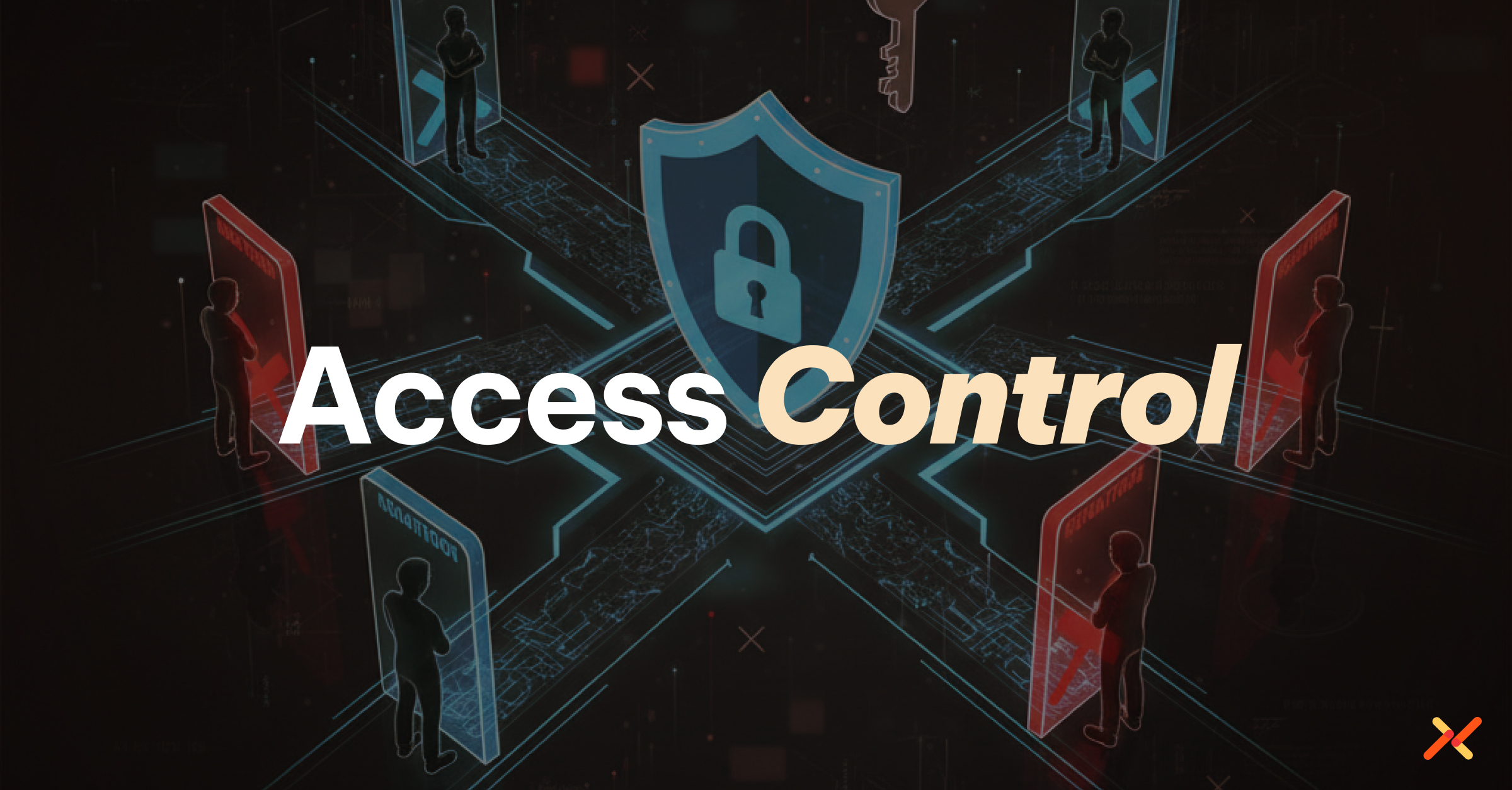Access control regulates which identities (human users, applications, services, or automated processes) can access specific resources and what actions they can perform. It enforces authorization policies based on identity, context, and security posture.
In modern cloud-native environments, access control has to extend beyond traditional user authentication to machine-to-machine communication, where workloads authenticate through a verified identity rather than static credentials.
How Access Control Works
Security uses multiple layers to enforce access control:
- Network Security: Firewalls and network rules restrict traffic based on location (like IP addresses).
- Application Security: Role-Based Access Control (RBAC) assigns permissions to specific job roles (e.g. only “Managers” can approve expenses).
- Cloud Security: Identity and Access Management (IAM) policies define exactly what each identity can touch within your cloud accounts.
For machines (workloads, or AI agents), access control works much more dynamically. When a software service needs to see data in a database, the system:
- Verifies the service’s identity using a digital proof (cryptographic attestation).
- Checks its health (its security posture).
- Issues a temporary key (short-lived credential) that only allows access to the specific database tables it needs, and for a short time.
This dynamic approach treats every access request as a fresh authorization decision, verifying identity and context constantly, which is far safer than traditional methods that rely on passwords or keys stored in code.
Why Access Control Matters
Enterprises are now managing thousands of non-human identities — like automated processes, testing pipelines, and AI agents. These machine identities now outnumber human employees by significant margins (45:1).
22% of breaches involve stolen credentials involve stolen credentials, and every machine identity is a potential entry point for an attacker.
So, what is access control in this context? It’s the essential mechanism that prevents attackers from moving freely (lateral movement) across your network after they compromise one system.
It enforces least privilege to ensure machines only have the bare minimum permissions they need, and it maintains audit trails for compliance (like NIST and PCI DSS).
This system is what enables quick recovery and response when a security incident occurs. If you are using AI agents that make automated decisions, access control is even more critical. It must verify the agent’s identity, limit its actions to specific tasks, and adapt permissions based on its real-time behavior.
Common Challenges
Security teams face these major operational struggles:
- Managing Identity Across Different Clouds: Every major cloud (AWS, Azure, GCP) has a different identity system. Making these systems trust each other (federation) is difficult.
- The Password/Key Problem: Teams manually manage and track thousands of static keys (Credential Lifecycle Management). If a key is forgotten or compromised, it creates a massive security risk because it stays valid until someone manually changes it.
- Complex Rules: Security teams have to write hundreds of access rules across different platforms, often leading to gaps in security or blocking legitimate work.
- Developer Friction: When developers have to spend time dealing with complex authentication or waiting for keys, they see security as a roadblock.
How Aembit Helps
Aembit eliminates the foundational challenge in access control for workloads: the need to manage credentials at all. By verifying workload identity through environment attestation rather than stored secrets, Aembit removes the credential lifecycle burden entirely.
With Aembit, you get:
- Access control that evaluates workload posture, location, and environment in real time.
- Identity federation that spans AWS, Azure, GCP, and SaaS through centralized policies.
- The ability for developers to build applications without writing authentication logic or managing secrets.
- Every access decision logged with complete identity and policy context.
Related Reading
FAQ
You Have Questions?
We Have Answers.
How does access control differ between human and workload identities?
Human access control uses interactive authentication (passwords, MFA) where the user actively proves identity. Workload access control relies on cryptographic attestation and runtime verification, automatically issuing just-in-time credentials without human interaction.
What's the difference between access control and secrets management?
Access control manages who can access what based on verified identity and policy enforcement. Secrets management focuses on storing and rotating static credentials (like API keys). Modern workload access control eliminates the need for traditional secrets management by authenticating workloads through cryptographic identity verification.
How does role-based access control (RBAC) differ from policy-based access control (PBAC) for workloads?
RBAC (Role-Based Access Control) assigns static permissions to predefined roles. This struggles with dynamic workloads. PBAC (Policy-Based Access Control) evaluates access decisions in real time based on workload identity, security posture, and context, making it better for ephemeral, cloud-native architectures.
How do enterprises implement access control without adding developer overhead?
Platforms achieve this through transparent interception and credential injection. This handles authentication outside the application code. Developers build features without writing token validation logic or managing secret rotation. The access control layer operates invisibly, issuing credentials based on verified workload identity.

